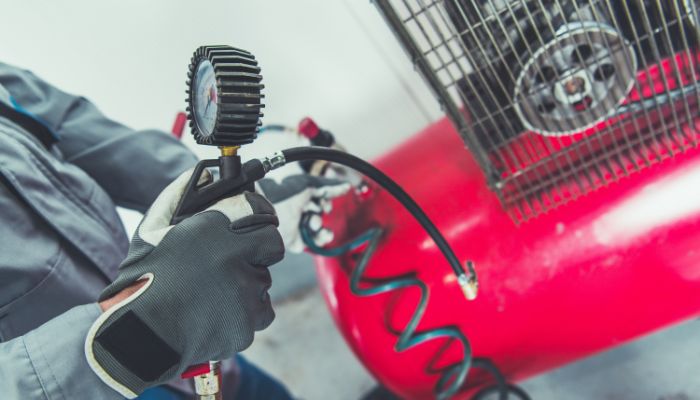
How to Choose a Dental Air Compressor for Your Clinic
If you’ve ever scrolled through dental equipment sites, you’ve probably seen dozens of nearly identical-looking air compressors. Some cost $1,200. Some cost $4,000. Same metal box. Same promise of “clean air.” So what’s going on?
1. It’s Not Just Air — It’s Medical-Grade
Your compressor powers your handpieces and delivers air into patients’ mouths, so it must be oil-free, dry, and clean.
- Oil-free
- Dry tank with air dryer
- Antibacterial/HEPA filters
2. Get the Size Right
| Chairs | Flow Rate (L/min) | Tank Size |
|---|---|---|
| 1 Chair | 50–70 | 20–30L |
| 2 Chairs | 100–130 | 30–50L |
| 3–4 Chairs | 150+ | 60L+ |
3. Think About Noise
Look for compressors below 60 dB with vibration damping.
4. Is It Really Oil-Free?
Ask for ISO 8573-1 compliance for medical-grade air. Confirm there’s no oil in the system.
5. Questions to Ask Before You Buy
- Certified for dental/medical use?
- Chair capacity?
- Decibel rating?
- Filtration and drying systems?
- Local service availability?
Oil-Free vs Oil-Lubricated Dental Compressors: What Is Better?
Oil-Lubricated Compressors
- Release oil into tubing — hygiene risk
- Require messy maintenance
- Typically non-compliant for dental
Oil-Free Compressors
- No contamination risk
- Quieter and simpler to maintain
- Meet medical ISO air standards
Quick Comparison Table
| Feature | Oil-Free | Oil-Lubricated |
|---|---|---|
| Air purity | Medical-grade | Risk of contamination |
| Maintenance | Easy | Oil checks required |
| Noise | Quieter | Louder |
| Legal (AU) | Compliant | Often not compliant |
| Initial cost | Higher | Lower |
Bottom line: Oil-free is the only safe and compliant option for Australian dental clinics.
What Size Air Compressor Do I Need for My Dental Clinic?
Choosing a dental compressor isn’t just about tank size. You need to account for chair count, tool load, and future expansion.
Chair-Based Sizing Guide
| Chairs | Flow Rate (L/min) | Tank Size |
|---|---|---|
| 1 Chair | 50–70 | 20–30L |
| 2 Chairs | 100–130 | 30–50L |
| 3–4 Chairs | 150–200+ | 60L+ |
Don’t Forget the Tools
Scalers, turbines, suction systems all consume air. Ask suppliers about peak load usage, not average.
Future-Proof Your Choice
- Plan for 20–30% more than current needs
- Account for added chairs or new treatments
What If You Get It Wrong?
Too small: pressure drops and wear. Too big: extra moisture and waste. Match based on your busiest hour.
Recommendation
Most clinics do well with a 30–50L tank, 120+ L/min flow, and oil-free, medical-grade specs.
Related Articles
- Where Should You Install A Dental Air Compressor?
- How Often Should You Service a Dental Air Compressor?
Request a tailored equipment quote or explore our clinic setup essentials to get started.
